The Stadium Seating Market is currently characterized by a dynamic competitive landscape, driven by factors such as increasing investments in sports infrastructure, the growing popularity of live events, and a heightened focus on spectator comfort and experience. Key players in this market, including Spectra Seating (US), Irwin Seating Company (US), and Camatic Seating (AU), are strategically positioned to leverage these growth drivers. For instance, Spectra Seating (US) emphasizes innovation in ergonomic design and sustainable materials, while Irwin Seating Company (US) focuses on expanding its product offerings to cater to diverse venue requirements. Camatic Seating (AU) has adopted a strategy of regional expansion, particularly in Asia-Pacific, to capitalize on emerging markets. Collectively, these strategies contribute to a moderately fragmented market structure, where competition is intensifying as companies seek to differentiate themselves through quality and innovation.
In terms of business tactics, companies are increasingly localizing manufacturing to reduce lead times and optimize supply chains. This approach not only enhances operational efficiency but also allows for greater responsiveness to regional market demands. The competitive structure of the Stadium Seating Market appears to be moderately fragmented, with several key players exerting influence over their respective segments. The collective actions of these companies indicate a trend towards collaboration and strategic partnerships, which may further shape the market dynamics.
In August 2025, Spectra Seating (US) announced a partnership with a leading technology firm to integrate smart seating solutions into their product line. This strategic move is likely to enhance the user experience by incorporating features such as seat tracking and personalized comfort settings, thereby positioning Spectra as a frontrunner in the innovation space. Such advancements may not only attract new clients but also reinforce existing relationships with venue operators seeking to modernize their facilities.
In September 2025, Irwin Seating Company (US) unveiled a new line of eco-friendly seating options designed specifically for outdoor venues. This initiative reflects a growing trend towards sustainability within the industry, as consumers and organizations increasingly prioritize environmentally responsible products. By aligning its offerings with these values, Irwin Seating may strengthen its market position and appeal to a broader customer base.
In July 2025, Camatic Seating (AU) expanded its operations into Southeast Asia, establishing a manufacturing facility in Vietnam. This strategic expansion is indicative of the company's commitment to tapping into the rapidly growing sports and entertainment sectors in the region. By localizing production, Camatic can reduce costs and improve delivery times, thereby enhancing its competitive edge in a market that is becoming increasingly price-sensitive.
As of October 2025, the Stadium Seating Market is witnessing a shift towards digitalization, sustainability, and the integration of artificial intelligence in product offerings. Strategic alliances are becoming more prevalent, as companies recognize the need to collaborate in order to innovate and meet evolving consumer demands. Looking ahead, competitive differentiation is likely to evolve from traditional price-based competition to a focus on technological advancements, sustainability, and supply chain reliability. This transition may redefine the competitive landscape, compelling companies to invest in research and development to stay ahead.
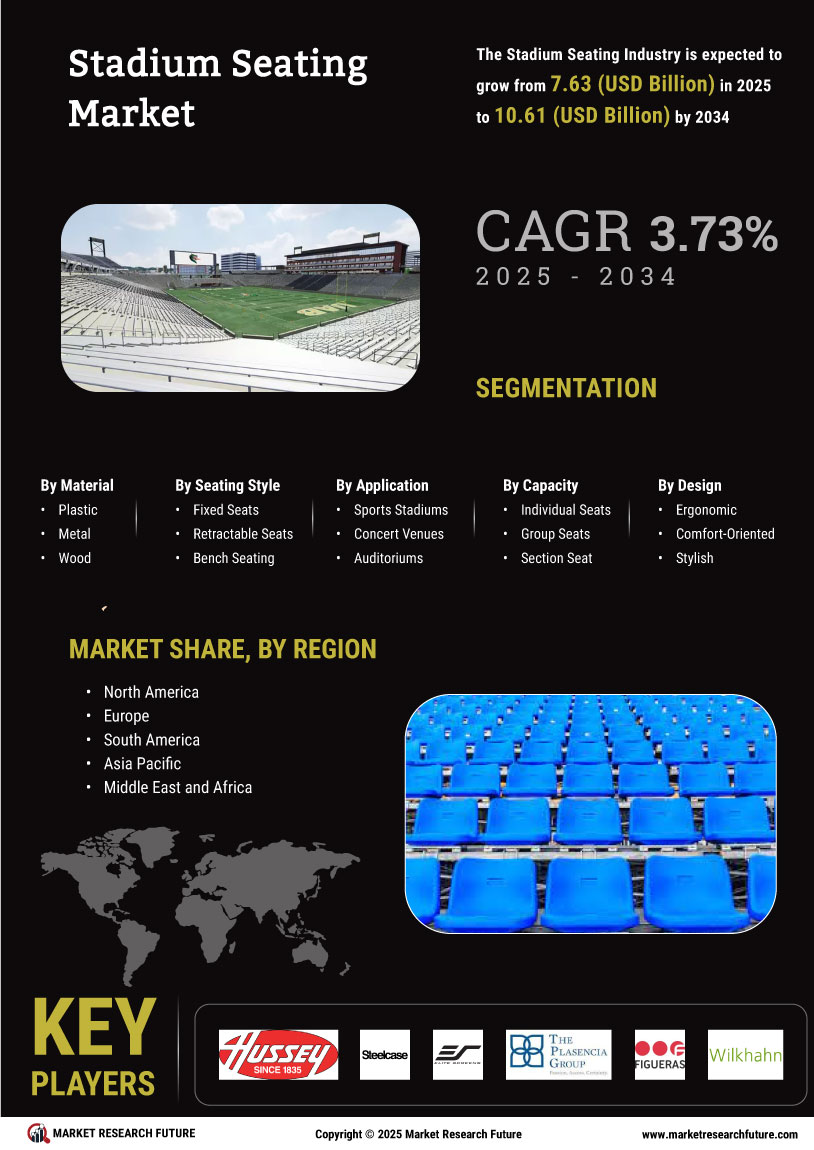

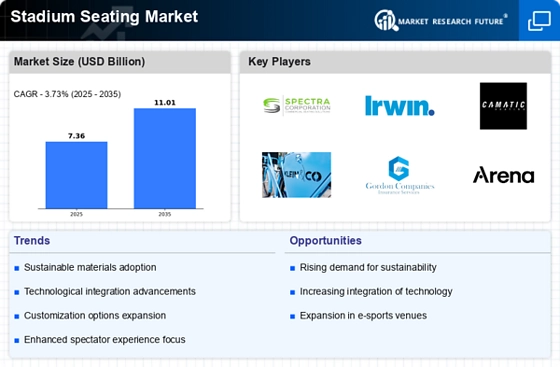
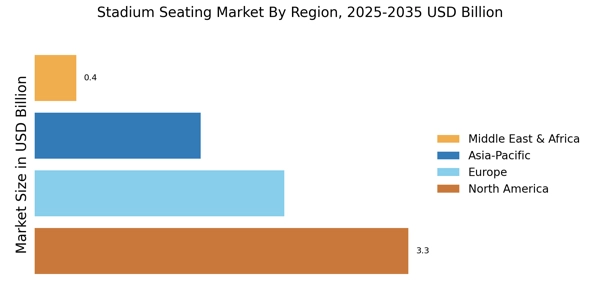
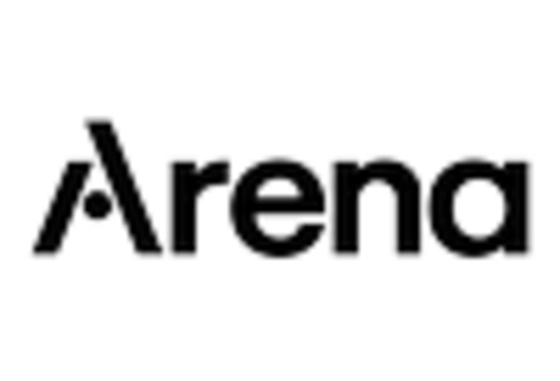
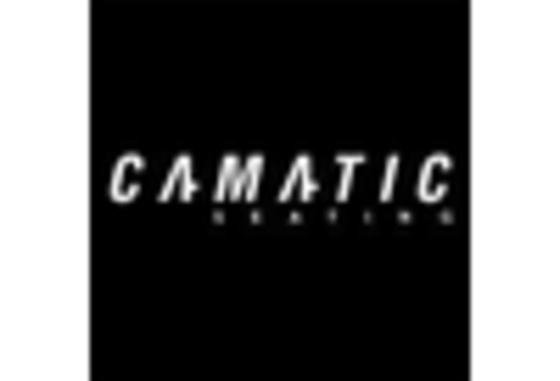
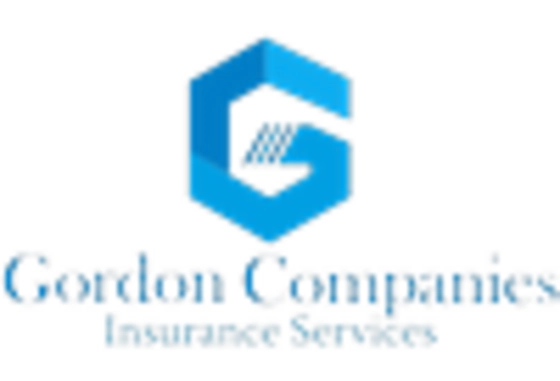
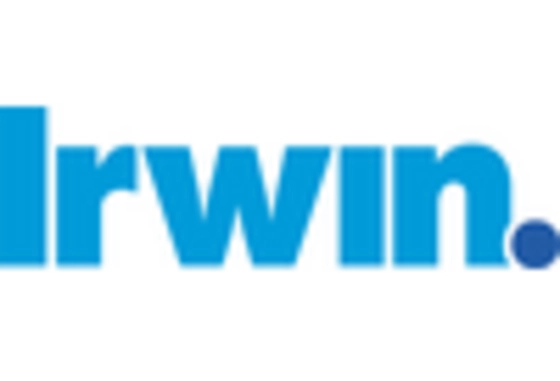
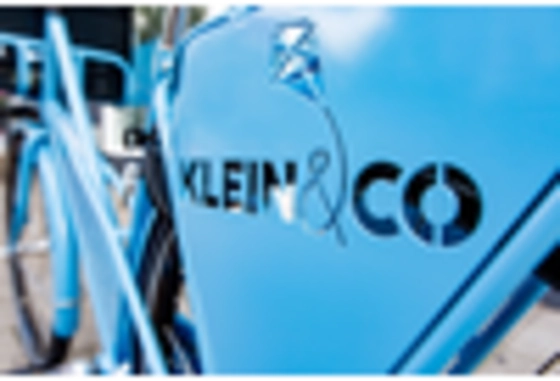
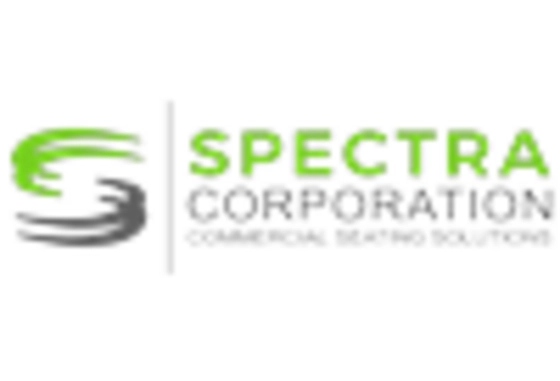








Leave a Comment